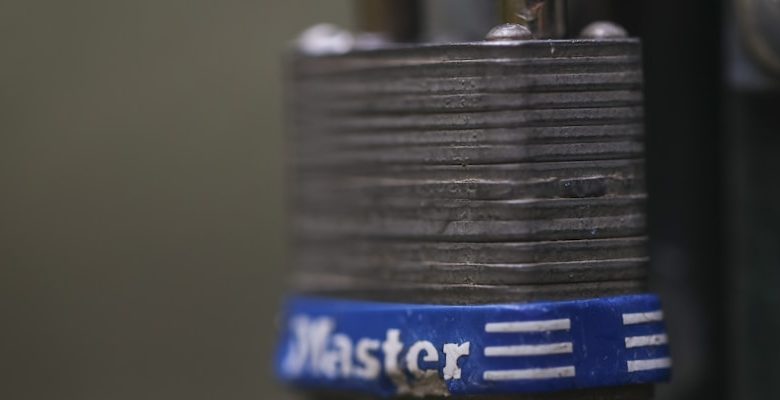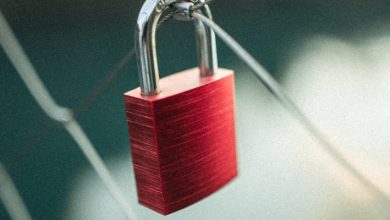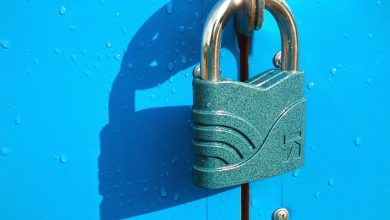How to Secure Your Cryptocurrency Wallet from Threats

- Understanding the importance of securing your cryptocurrency wallet
- Common threats to your cryptocurrency wallet and how to avoid them
- Best practices for creating a strong password for your wallet
- The role of two-factor authentication in protecting your cryptocurrency
- Tips for securely storing your private keys and seed phrases
- How to stay vigilant against phishing attacks and scams targeting crypto users
Understanding the importance of securing your cryptocurrency wallet
Understanding the significance of securing your cryptocurrency wallet is crucial in safeguarding your digital assets from potential threats. By taking proactive measures to protect your wallet, you can minimize the risk of unauthorized access and prevent loss of funds.
One of the key reasons to secure your cryptocurrency wallet is to prevent hacking attempts. Hackers are constantly looking for vulnerabilities in wallets to steal funds, and a secure wallet can act as a strong defense against such threats. Additionally, securing your wallet can also protect you from phishing attacks and malware that may compromise your private keys.
Another important aspect of securing your cryptocurrency wallet is to ensure the confidentiality of your transactions. By implementing security measures such as two-factor authentication and encryption, you can prevent unauthorized individuals from accessing your transaction history and personal information.
Moreover, securing your cryptocurrency wallet can also help you maintain control over your funds. By using secure storage solutions such as hardware wallets or cold storage, you can reduce the risk of losing your assets to theft or technical failures. This level of control is essential for long-term investment strategies and financial independence.
In conclusion, understanding the importance of securing your cryptocurrency wallet is essential for protecting your digital assets and maintaining financial security. By implementing robust security measures and staying vigilant against potential threats, you can ensure that your funds remain safe and accessible for future use.
Common threats to your cryptocurrency wallet and how to avoid them
There are several common threats that can compromise the security of your cryptocurrency wallet. It is important to be aware of these risks and take steps to avoid them. One common threat is phishing attacks, where scammers send fake emails or messages pretending to be from a legitimate source in order to trick you into providing your wallet information. To avoid falling victim to phishing attacks, always double-check the sender’s email address or contact the company directly to verify the request.
Another threat is malware, which can infect your computer or smartphone and steal your wallet information. To prevent malware attacks, make sure to use reputable antivirus software and avoid clicking on suspicious links or downloading files from unknown sources. Additionally, be cautious when using public Wi-Fi networks, as they may not be secure and could expose your wallet information to hackers.
One more common threat is physical theft, where someone steals your device containing your wallet information. To protect against physical theft, consider storing your wallet on a hardware wallet or keeping backups of your wallet information in a secure location. Avoid sharing your wallet information with anyone and use strong passwords to secure your wallet.
Best practices for creating a strong password for your wallet
When it comes to securing your cryptocurrency wallet, creating a strong password is essential to protect your funds from threats. Follow these best practices to ensure your wallet is secure:
- Use a combination of uppercase and lowercase letters, numbers, and special characters in your password to make it more complex and difficult to crack.
- Avoid using easily guessable information such as your name, birthdate, or common words as part of your password.
- Make sure your password is at least 12 characters long to increase its strength and resilience against hacking attempts.
- Consider using a password manager to generate and store unique, strong passwords for your cryptocurrency wallet and other online accounts.
- Regularly update your password and avoid reusing it for multiple accounts to reduce the risk of unauthorized access.
By following these guidelines, you can create a robust password that enhances the security of your cryptocurrency wallet and safeguards your digital assets from potential threats.
The role of two-factor authentication in protecting your cryptocurrency
One of the most effective ways to protect your cryptocurrency wallet from cyber threats is by implementing two-factor authentication (2FA). This additional layer of security requires users to provide two different authentication factors before gaining access to their accounts, making it much harder for hackers to compromise them.
By using 2FA, you can significantly reduce the risk of unauthorized access to your wallet, even if your login credentials are stolen. This is because hackers would not only need your password but also another piece of information, such as a unique code sent to your phone or generated by an authentication app.
Two-factor authentication adds an extra barrier between cybercriminals and your cryptocurrency funds, giving you peace of mind knowing that your assets are better protected. It is a simple yet powerful tool that can make a huge difference in safeguarding your digital wealth from malicious actors.
Tips for securely storing your private keys and seed phrases
When it comes to securing your cryptocurrency wallet from potential threats, one of the most crucial aspects is storing your private keys and seed phrases securely. Here are some tips to help you keep your keys and phrases safe:
- Use a hardware wallet: Consider investing in a hardware wallet to store your private keys offline. Hardware wallets are considered one of the most secure options for storing cryptocurrency.
- Keep backups: Always keep backups of your seed phrases and private keys in multiple secure locations. This way, if one copy is lost or compromised, you can still access your funds.
- Avoid storing keys online: Avoid storing your private keys or seed phrases on any online device, as they could be vulnerable to hacking or malware attacks.
- Use encryption: Encrypt your private keys and seed phrases before storing them. This adds an extra layer of security in case someone gains access to your storage location.
- Consider a safe deposit box: For an extra layer of physical security, consider storing your backups in a safe deposit box at a bank or another secure location.
By following these tips and taking the necessary precautions, you can help ensure that your private keys and seed phrases remain safe and secure, protecting your cryptocurrency investments from potential threats.
How to stay vigilant against phishing attacks and scams targeting crypto users
One of the most common threats facing cryptocurrency users is phishing attacks and scams. These malicious actors often target crypto users through emails, social media messages, or fake websites in an attempt to steal their sensitive information or access to their wallets. To stay vigilant against these threats, it is essential to follow these best practices:
- Be cautious of unsolicited emails or messages asking for your personal information or login credentials. Legitimate companies will never ask you to provide this information through email or social media.
- Always double-check the URL of any website you visit to ensure it is legitimate. Phishing websites often use slight variations of legitimate URLs to trick users into entering their information.
- Enable two-factor authentication on your accounts to add an extra layer of security. This will help prevent unauthorized access even if your login credentials are compromised.
- Keep your cryptocurrency wallet and software up to date with the latest security patches. Developers often release updates to fix vulnerabilities that could be exploited by hackers.
- Educate yourself on common phishing tactics and scams targeting crypto users. By staying informed, you can better recognize and avoid potential threats.
By following these tips and staying vigilant, you can help protect your cryptocurrency wallet from phishing attacks and scams. Remember, it’s always better to be safe than sorry when it comes to securing your digital assets.



